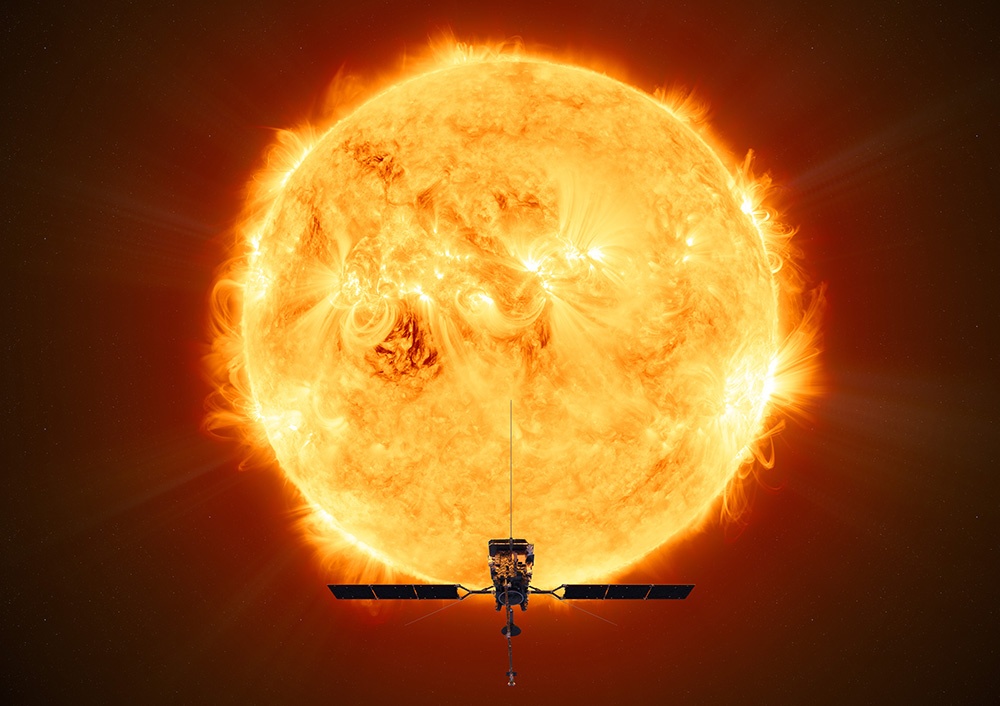
Continue reading
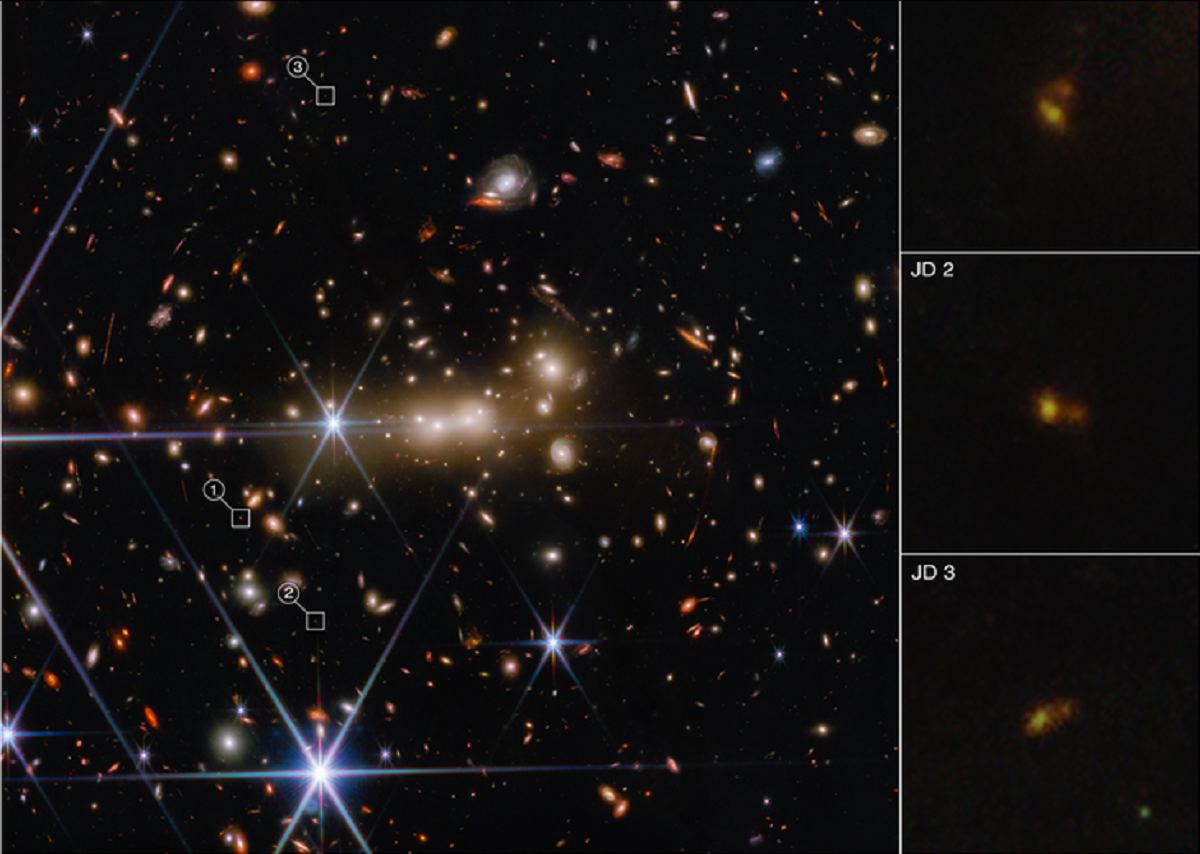
Thanks to data obtained by Webb, astronomers have confirmed that MACS0647-star-1 is the second farthest star observed to date.
Continue reading
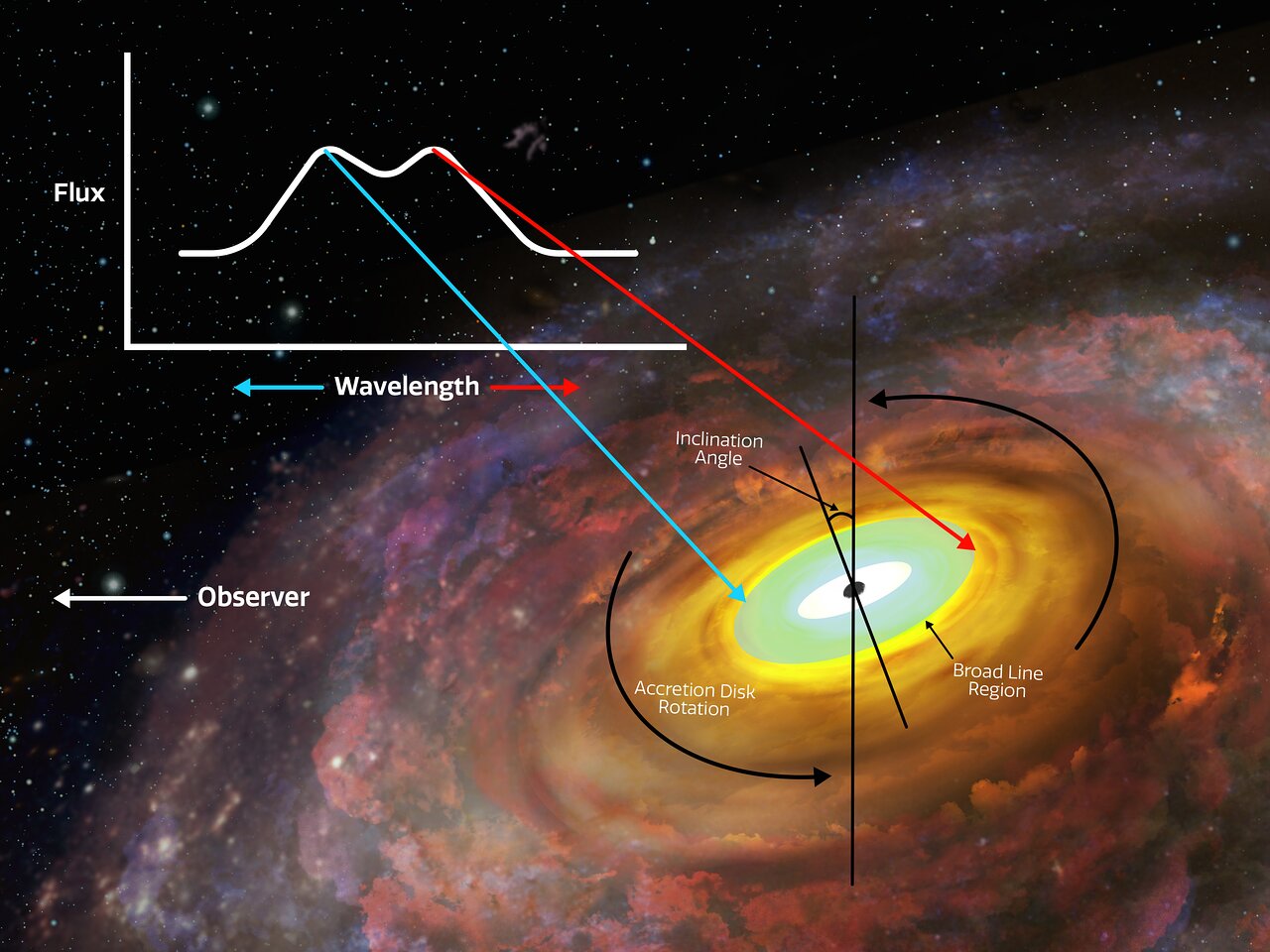
Actively feeding supermassive black holes are known as quasars, and they can outshine all the stars of their host galaxy. Part of their brightness comes from the accretion disk surrounding the black hole, but they're hard to image directly because quasars are so far away. New data from one of the world's largest telescopes has managed this feat, detecting near-infrared emission lines that mark significant regions in the accretion disk in a quasar.
Continue reading
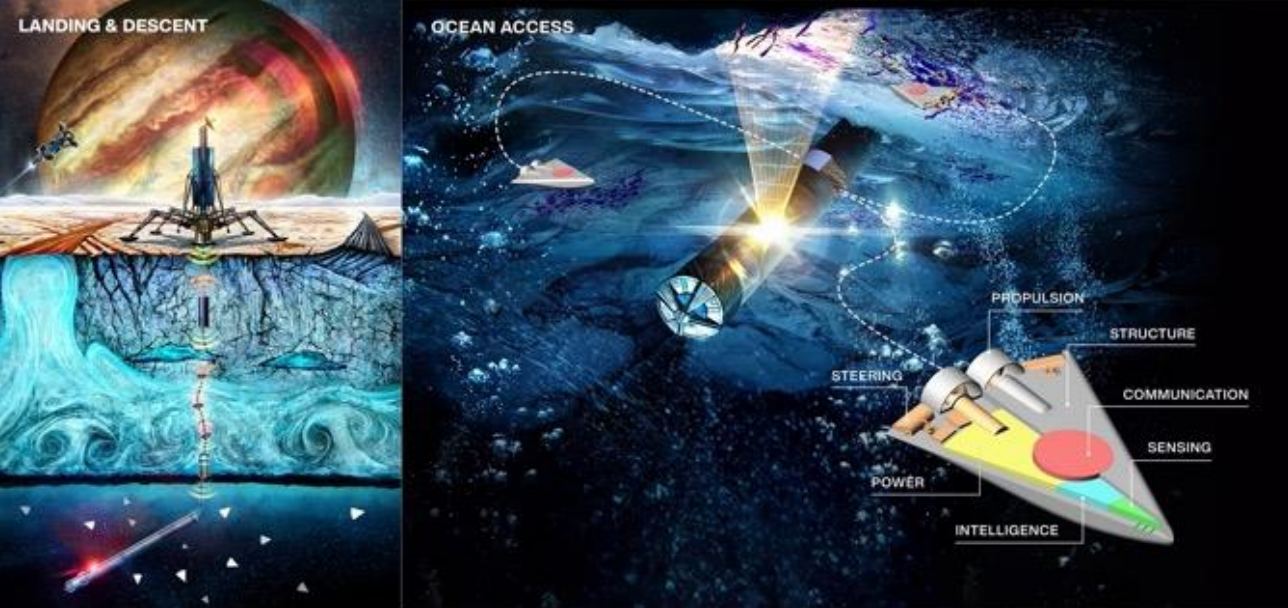
Continue reading

Continue reading
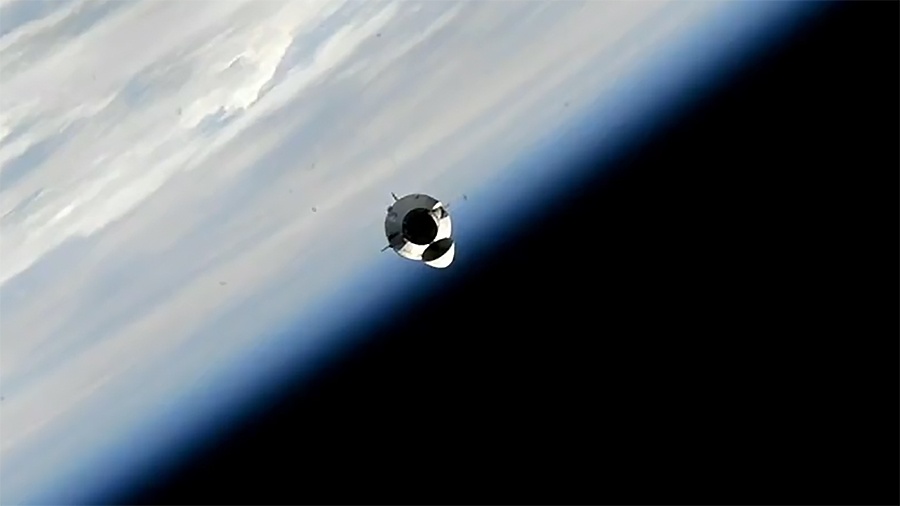
Continue reading
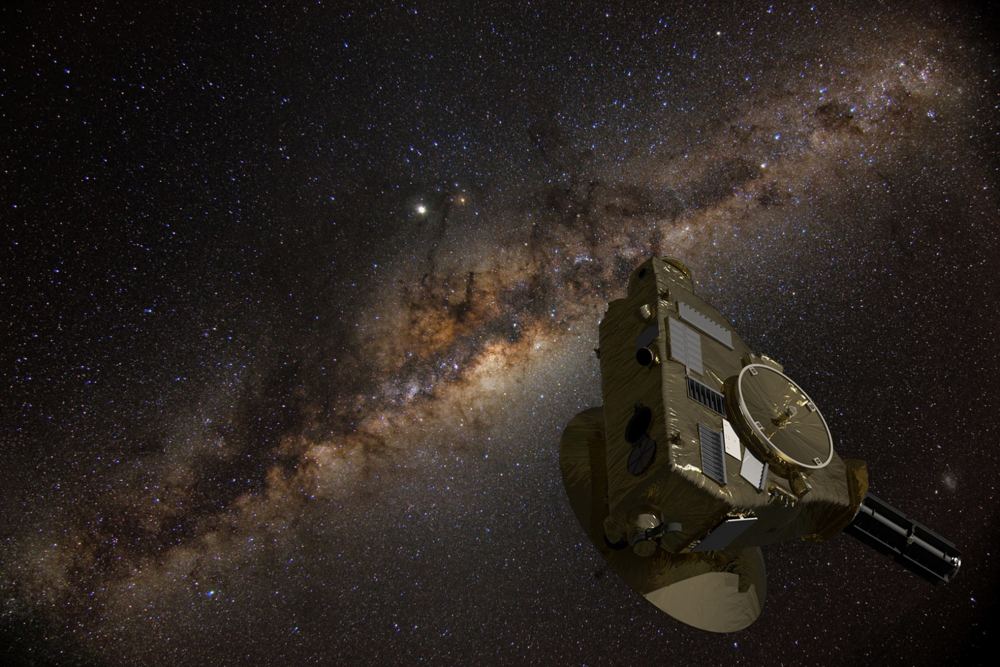
Continue reading
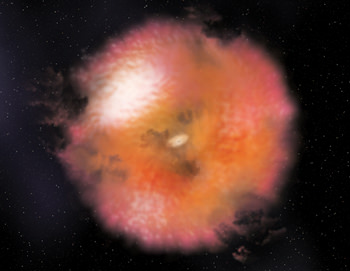
Astronomers have found supermassive black holes in the centers of most galaxies. To get the black holes we see today, they must have been feeding in the past, packing on the mass to grow so big. But, a recent survey with JWST failed to turn up as many active galactic nuclei as astronomers expected. This just deepens the mystery. How did mature galaxies like the Milky Way get their black holes if they didn't go through this feeding period?
Continue reading
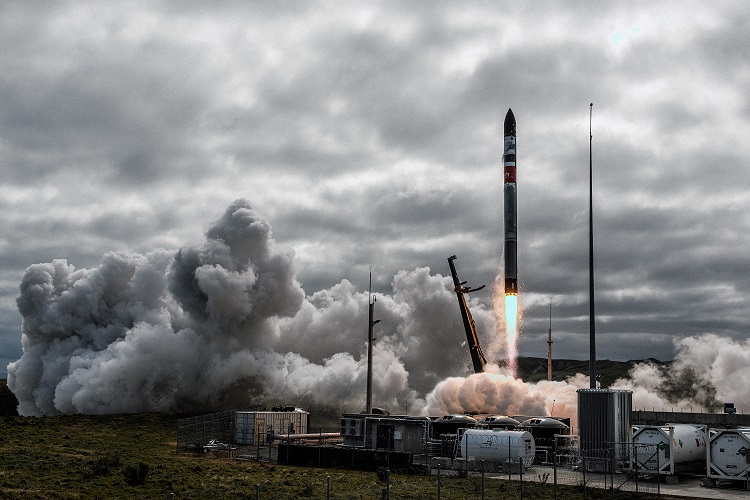
Continue reading
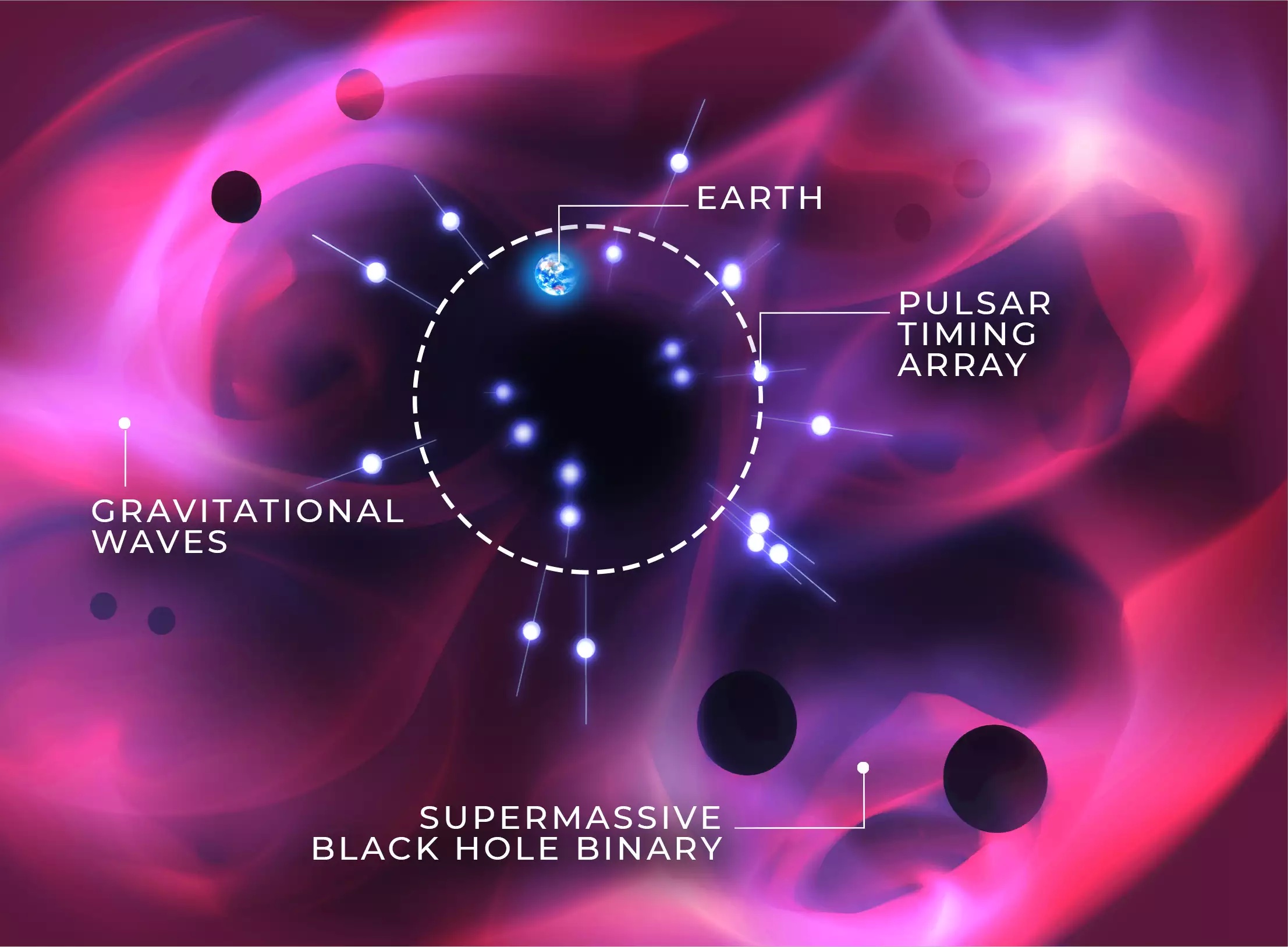
After over a decade of observations of pulsars, astronomers could finally tease out the gravitational wave background of the Universe, the combined signal from merging supermassive black holes. But it was just the general presence of mergers, not specific events. A new paper proposes that the same pulsars could next be used to detect the gravitational waves from individual merging supermassive black holes. The more nearby pulsars astronomers can find, the more accurate their measurements will become.
Continue reading
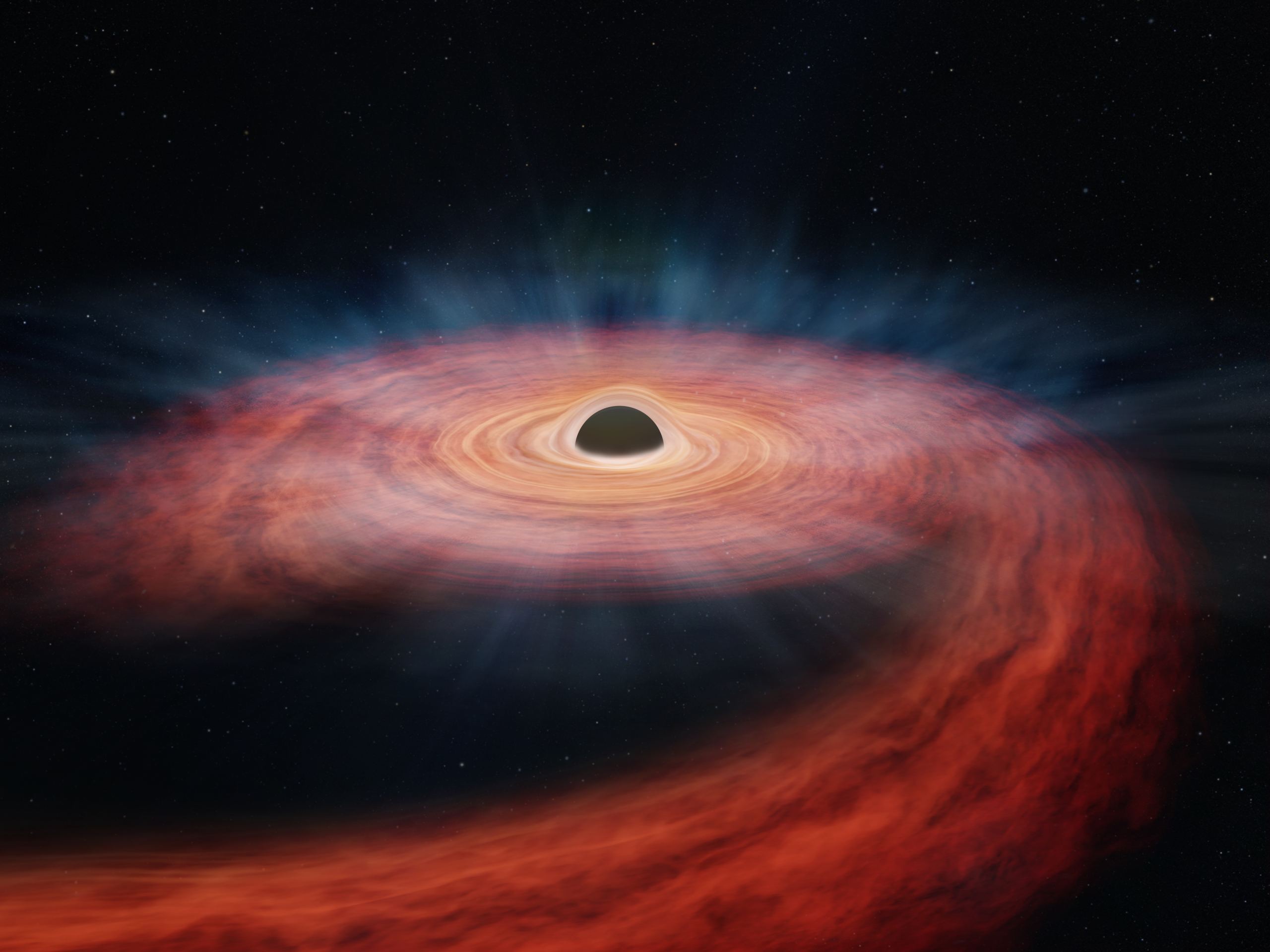
A pair of X-ray telescopes have observed the messy aftermath of a star that came too close to a supermassive black hole 290 million light-years away. It's believed that the star had three times the mass of the Sun, so this was one of the largest tidal disruption events ever seen. Although the black hole consumed some of the star, most of its guts were thrown into the surrounding space, polluting the region with the chemicals that allowed astronomers to estimate its stellar mass.
Continue reading
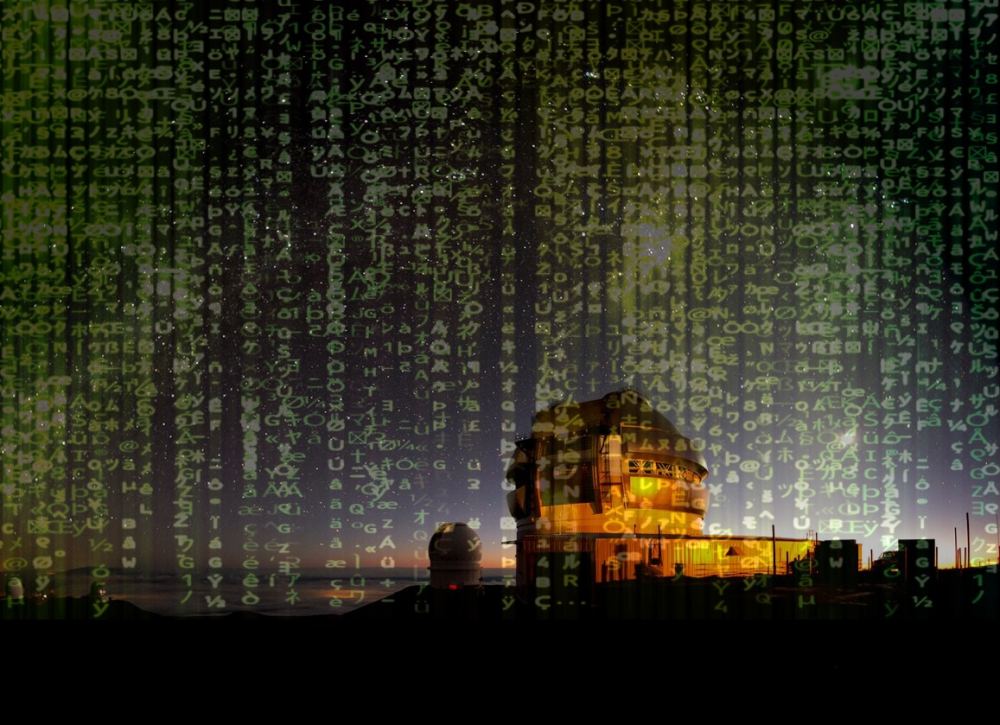
Continue reading
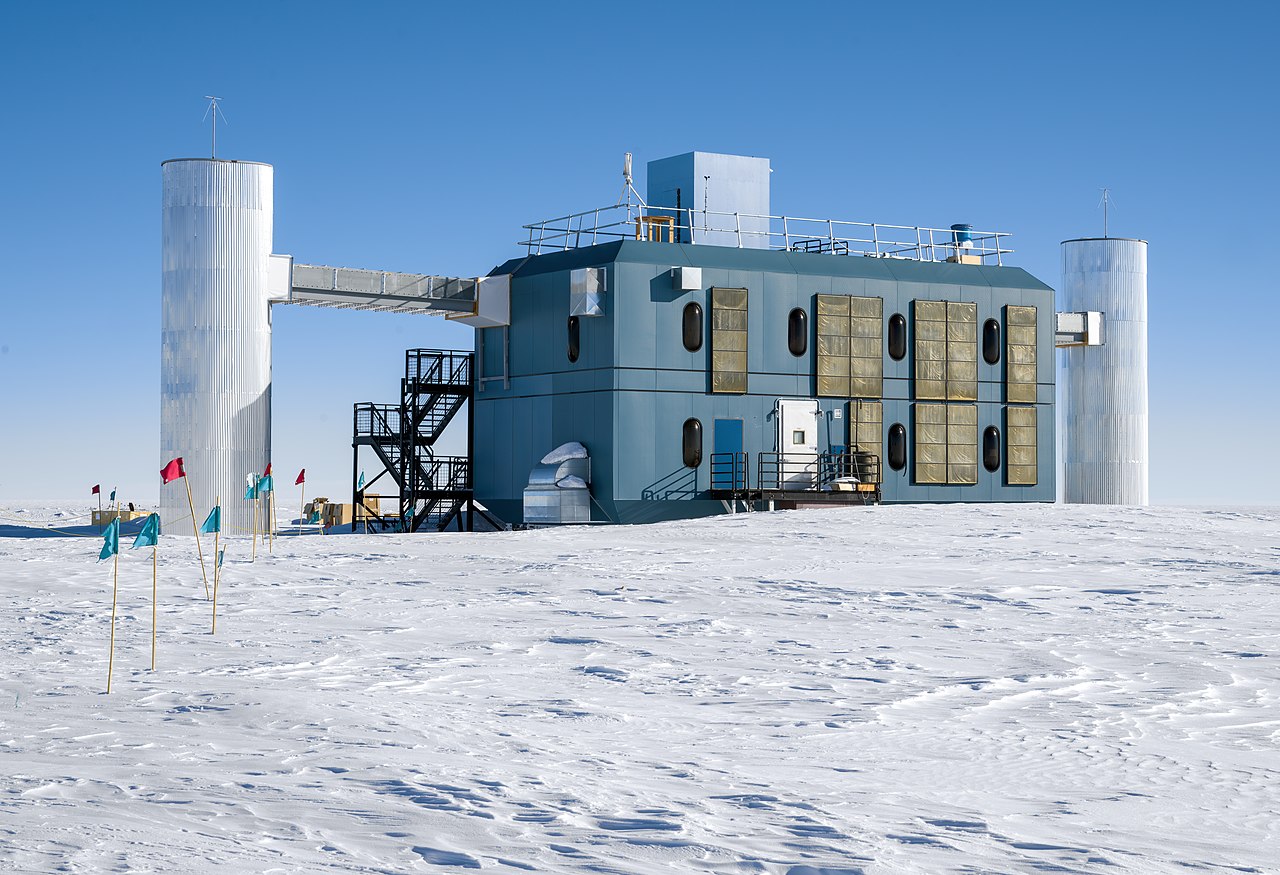
Continue reading
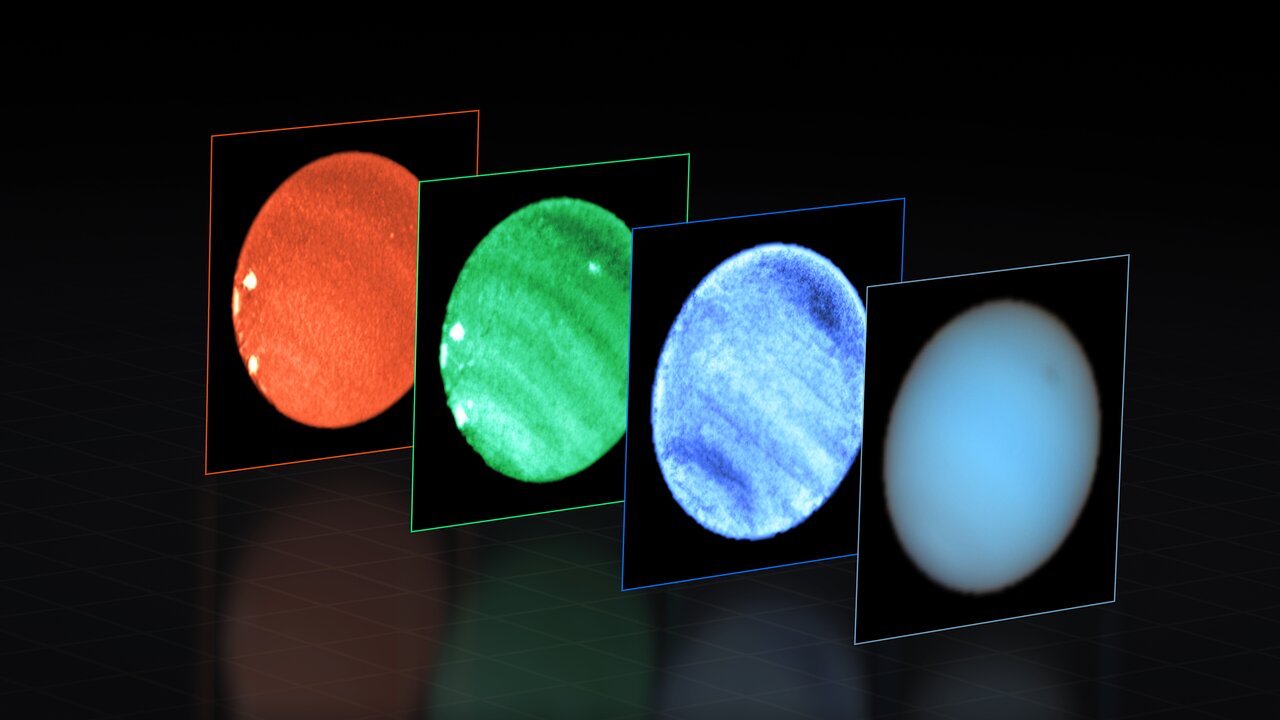
Using the ESO's VLT, an international team of observers was able to study Neptune's Great Dark Spot with a ground-based telescope for the first time.
Continue reading
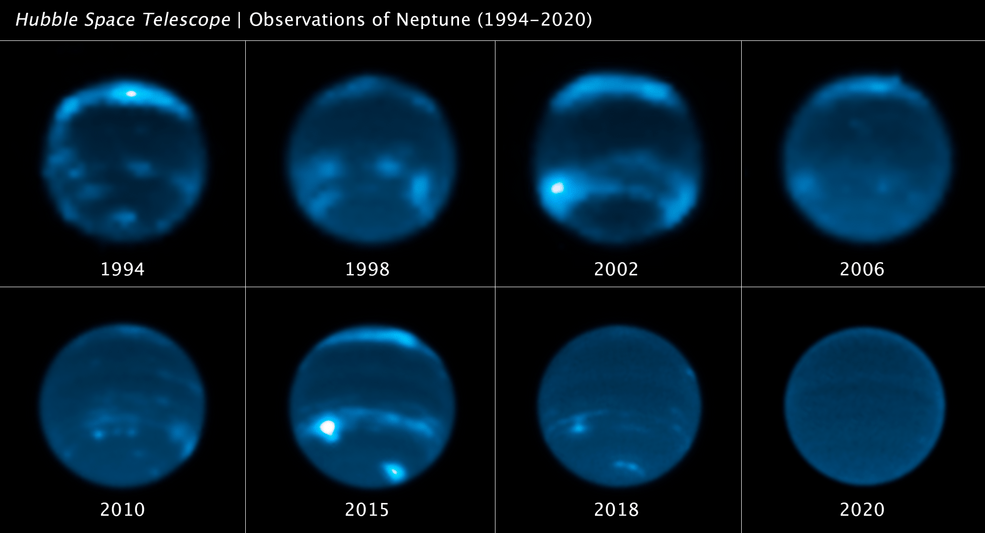
Continue reading
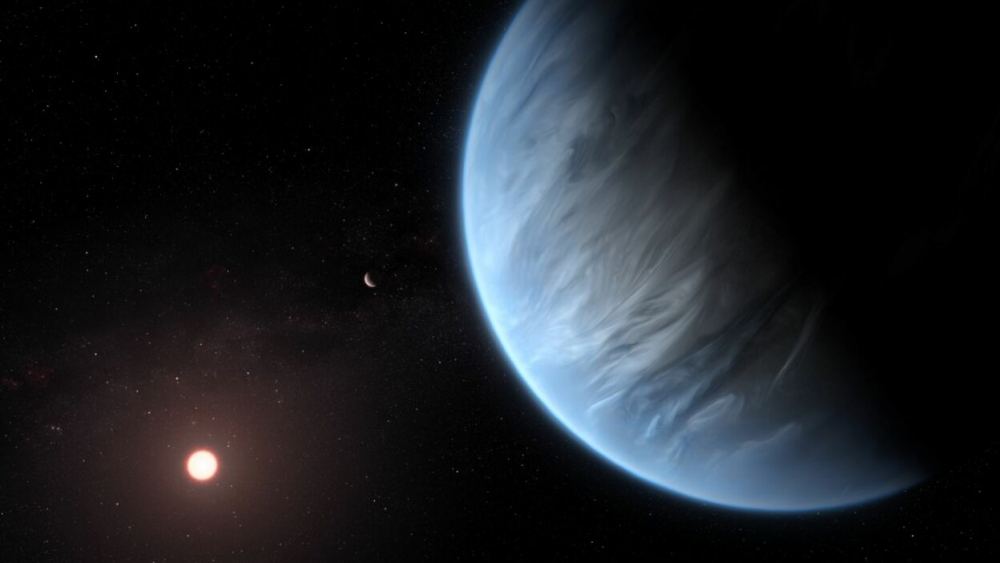
JWST has demonstrated how well it can analyze the atmosphere of exoplanets, revealing carbon dioxide, water vapor, and sulfur compounds. The hope, of course, is that it might be able to find evidence of biosignatures. Astronomers have found over 5,000 confirmed exoplanets, and TESS has turned up 4,000 candidate exoplanets. With this enormous catalog of confirmed and potential planets, which are high priorities that JWST should be pointed at?
Continue reading

Continue reading
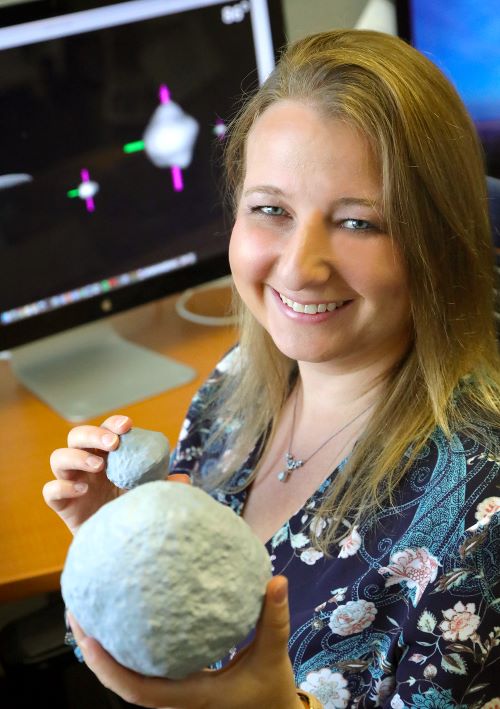
Continue reading
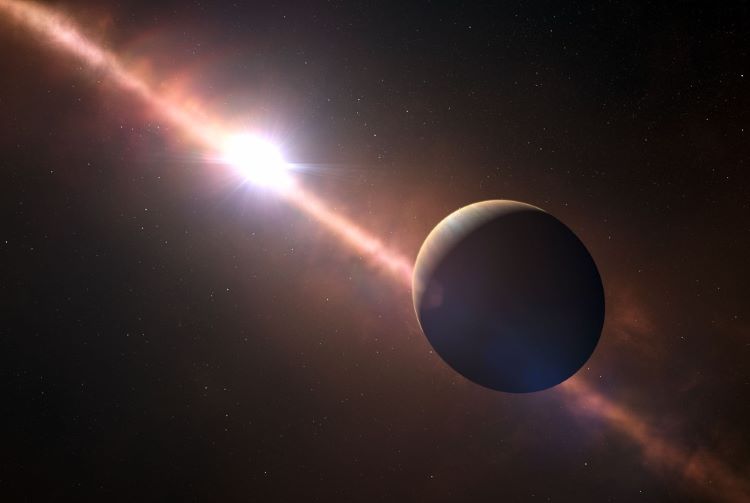
Continue reading
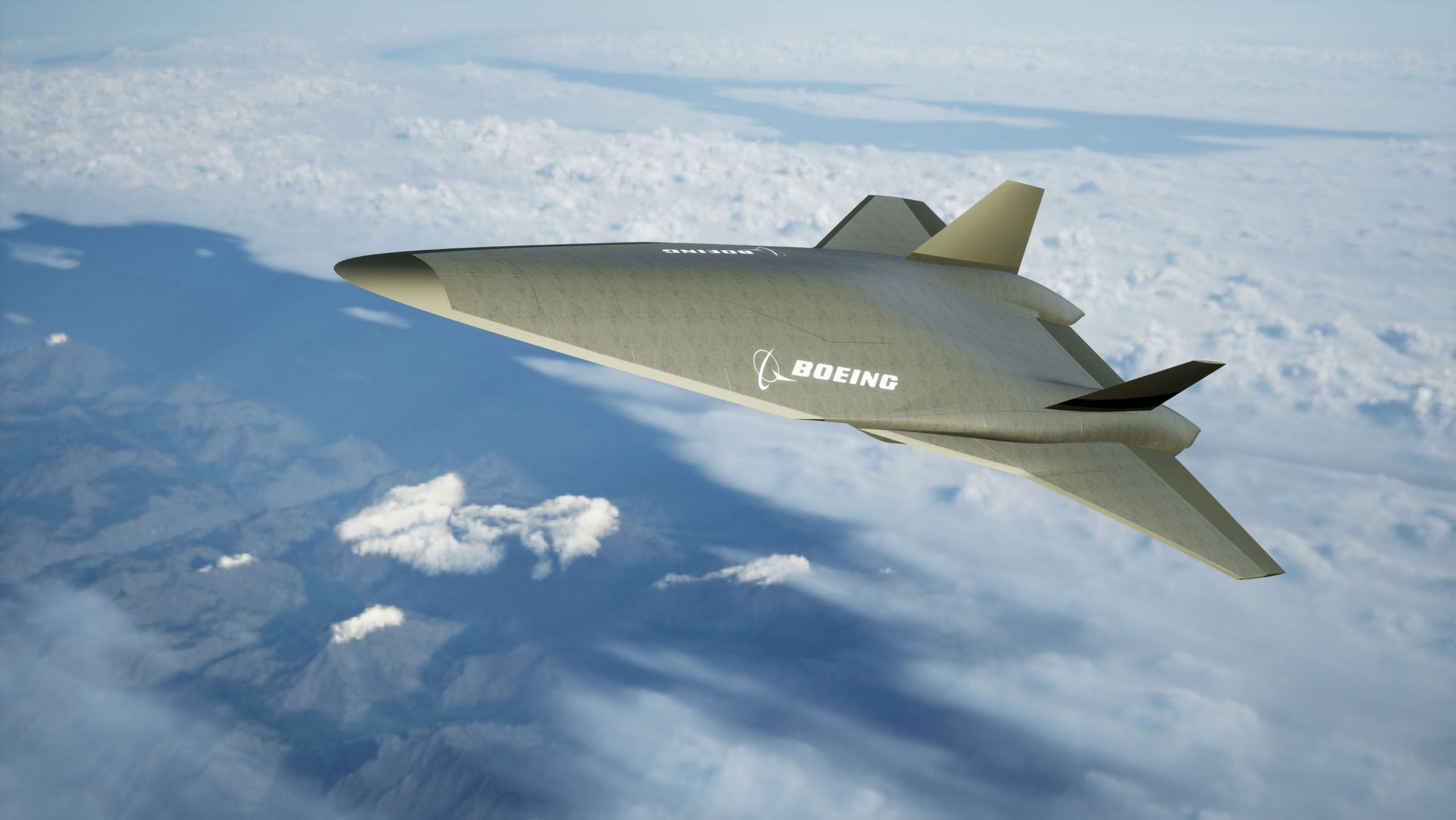
NASA has completed a series of studies that evaluated the potential for supersonic air travel between Mach 2 and 4!
Continue reading




















